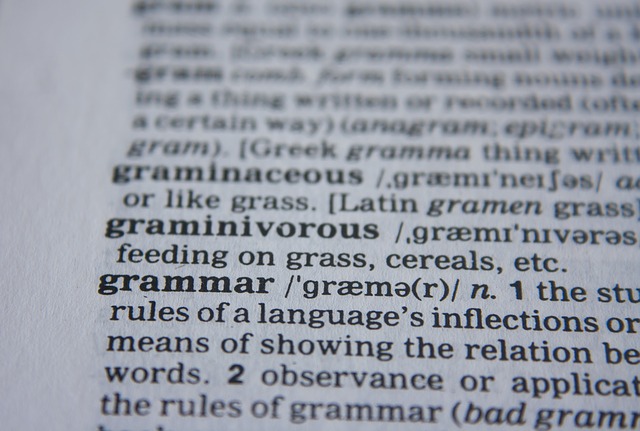How emojis are damaging English language as we know it.
The headlines this week certainly suggest that the English language is facing an apocalypse of its own – this time caused by a wonder of the modern age: emojis! The concept behind emojis is that they help to infer body language and tone into what otherwise would be plain text. They blur the lines between verbal and written communication, sometimes even transcending language and cultural barriers to convey an instantly recognisable and universal meaning. Think smiley face or thumbs up and you’re along the right lines.
That all sounds positive enough!
However a recent study of 2,000 British adults by YouTube found that correct use of the English language is in decline, and the worst culprits are the younger generation. Emojis are taking over the world of communication – and have even been immortalised by Hollywood in last year’s “The Emoji Movie”!
Emojis can probably trace their origin to 9th September 1982 when the first emoticon which was used by Scott Fahlman 🙂
By 1999 more and more mobile phone users were using images rather than words to communicate. This growing trend came to the attention of mobile phone operators in Japan who were struggling with the technology to support the needs of their 80 million users who wanted to send these much larger messages. Japanese engineers set to work on solving the problem and emojis were born. The first entity to allow users to add pictures of commonly used emoticons to their text messages was DoKoMo i-mode, a Japanese mobile phone provider.
Since then emojis have become the next generation of emoticons and are the fastest growing language in history, with picture character use being estimated at 6 billion per day. In May 2017 there were 2,666 official emoji recognised by the Unicode Consortium, the governing body for character coding. In 2010, there were just 722.
But with this huge development has come a negative consequence for the English language, with skills in English among the younger generation rapidly deteriorating. Coupled with the reliance on predictive text and spell checks, it’s easy to see why English is under attack! Indeed there was even a groundbreaking moment in history in 2016 when a High Court judge used an emoji in his ruling, stating that he wanted to make his verdict more understandable to the child who was affected by the judgment!
What’s suffering the most? Punctuation in particular is at risk, as people use images rather than full sentences to convey a meaning, which means the fundamentals of sentence structure can be affected. Using emojis could also mean that breadth of vocabulary could become affected over time too. For example the range of words that once explained the nuances of emotion can now be reduced simply to the crying laughing emoji… Could this mean we ultimately see a reduced ability to express oneself properly?
There are sure to be interesting times ahead but there is also a certain degree of irony in how communication has developed, which was expressed excellently in an article by Ben Smithurst entitled “Emoji: Has Esquire Lost its Mind?” He encapsulated it perfectly with an illustration of an Egyptian goddess sitting in front of hieroglyphics and the sentence: “Basically, after 5,000 years of technological progress, we’ve returned to eking approximate meaning from pictograms.”

